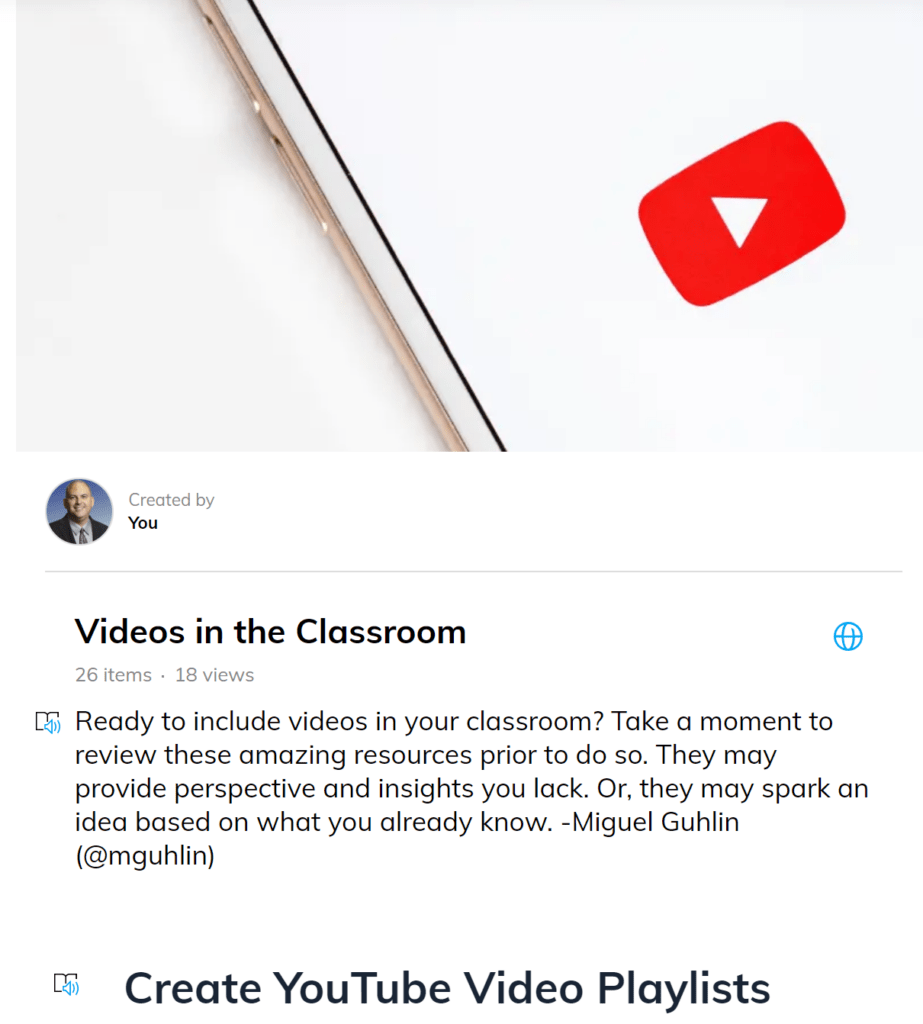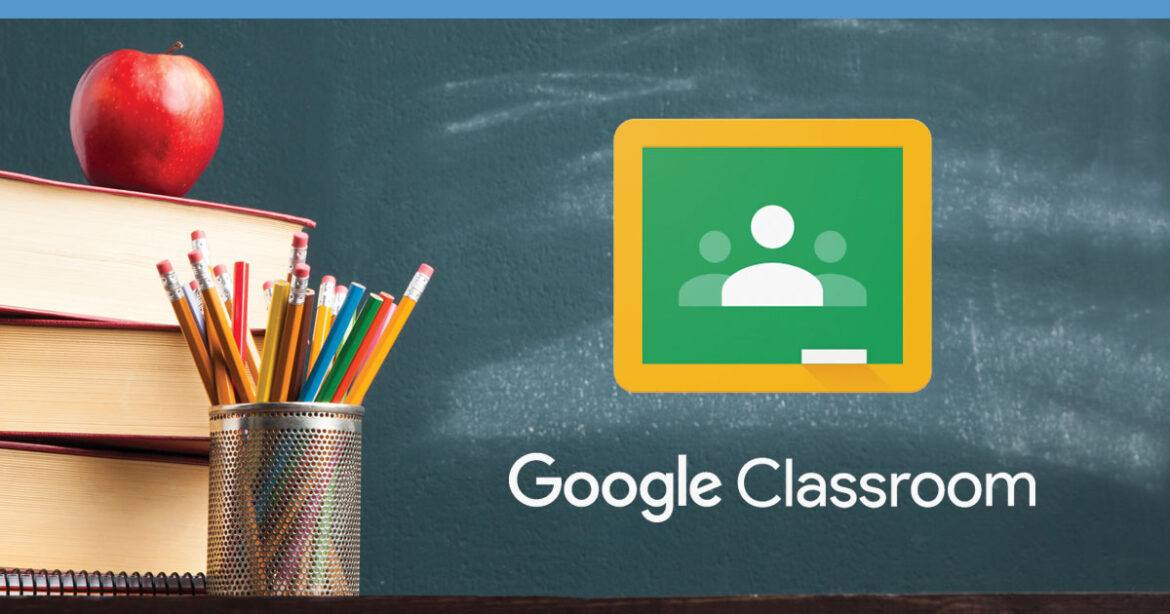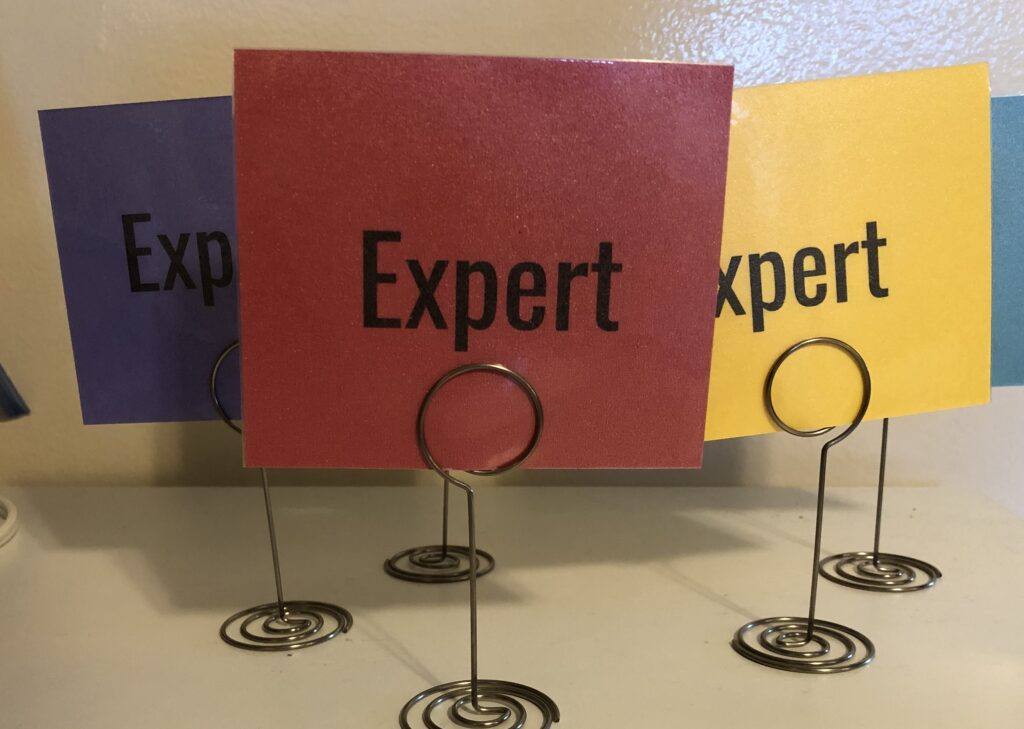Looking for G Suite EDU goodness? Then you need look no further than this blog post. In it, we’ll explore a few ways educators are using G Suite EDU tools to resolve classroom challenges. Let’s take a moment to review some of the main challenges that educators face.
A quick list of challenges includes:
- Providing individualized feedback to students
- Encouraging collaboration with experts and peers
- Learning Google Classroom
- Viewing educational YouTube videos in the classroom
- Locating top Chrome apps and extensions
Ready to get started? Here we go.
G Suite EDU Challenge #1: Individual Student Feedback
In this video, Sean Thompson shares how educators can more easily provide individualize feedback to students who then review the feedback and then hold formative, reflective discussions one on one with you.
The video uses two tools you may be familiar with, along with a third you may not. The third tool is one you may be unaware of, the Autocrat extension. Autocrat features a simple description that belies great functionality:
Autocrat is an easy to use, flexible document merge tool. It makes creation of PDF or shared Documents from a spreadsheet straightforward. Autocrat is a multi-purpose document merge tool. It allows you to take data from a spreadsheet and merge it into a document via a template. Tell Autocrat which fields to merge via <>. Then, let Autocrat mass-generate personalized documents. You can also send the documents as email attachments. Or, when new forms are submitted, let Autocrat automation take over. This automation means less oversight from you, making your job easier. (Source: Adapted from Autocrat G Suite Marketplace)
The other two tools include Google Forms and Sheets. You may want to watch other videos in this series.
G Suite EDU Challenge #2: Foster Collaboration via Expert Cards
Wish you could have students self-identify as guides on the side for other learners? You might want to try this approach that Zak Kolar suggests. He writes:
I used these “expert” cards with 5th graders for a Google Sites project last year. Students who are more experienced place “expert” cards on their desks. That signals to other students they can answer questions related to a certain area. Those areas include inserting images, creating links, changing layouts, etc.
Zak points out that this approach frees him up to circulate and answer tougher questions. Adapt the approach for both technical and content-related challenges. Teaching students self-assessment can be helpful. When students learn to check or assess their own learning, this can be quite powerful. As such, you can see a gradual release of responsibility when students own their learning. They may begin with you checking for understanding, but as they gain confidence, they move on to self-checks. As they gain knowledge, they can becomes aides to others.
You can see specific ways in these links:
- Student Expert Cards for Peer Collaboration (website). Zak Kolar describes his use of expert cards.
- Teaching Students Self-Assessment (PDF). Provides examples of self-assessment across content areas.
- Student Response Cards (video). Check for understanding
Why make the effort to empower students to self assess? John Hattie explains that students are accurate at self-assessment. As their own critics, they set goals and want to achieve them. To do this, students might follow a specific process that culminates in expert cards:
- Students set goals for themselves. Teachers provide descriptive feedback to help them know what they need.
- Pupils predict their performance before they begin a task or series of tasks. For a quiz or test, students compare their actual performance with their prediction.
- Learners then reflect and reconcile the difference between the two. This enables students to gain insight. Are they meeting their set goals on a specific assessment? (Source: Chris Bettiol)
Self-reported grades empower students. Zak’s expert cards appear as the visual acknowledge of student expectations well-met.
G Suite EDU Challenge #3: Learn Google Classroom
Every time I use Google Classroom, I’m amazed at the new features. As you might imagine, the wealth of new features makes keeping up difficult. Let’s explore three miscellaneous questions that have come up about this tool.
Question #1: “If a person gets added to Classroom later in the term, does he/she receive all the assignments? Does the new person get earlier assignments and stuff?”
Response: “Yes, that person will have all of the stuff that everyone else in the class has.” (Source: Heather Dawson)
Question #2: “I am a robotics teacher at 4 schools. I have a different Google Classroom at each school that I access with an email address for that school. I have created a quiz at one of the schools. Is there a way to move that quiz to each of the other classrooms without entering the information again?”
Response: “Make a shared drive or a shared folder that all of your email addresses have editing access. Then anything you put in that folder will be accessible to each classroom.” (Source: Laurie Anastasio)
Question #3: “How are you using G Suite EDU to maximize efficiency? That is, when creating standards scales, data/standard tracking (teacher & student)?”
Responses:
- “I made a standards based “gradebook” for my 3rd grade co-teacher. Used Sheets. You could make a master copy for yourself and import the formulas. This will make an individual one for each student and share that with each student and parent. You can also use Autocrat to have the info pulled from your sheet into a google doc. Then, have it share with students and parents.”
- “Two videos on grading with rubrics (Video #1: Create Rubrics | Video #2: Grading with Rubrics).”
Challenge #4: View YouTube Videos in the Classroom
How can my students watch YouTube videos without advertisements? That’s the substance of questions I’ve received. Another G Suite EDU user asks the following:
“I have a set of videos a teacher has asked students to watch from YouTube. I can access them as an administrator, but for students, it says the video is unavailable. “This video is restricted. Try signing in with a Google Apps account.” Student attempted with both GAFE and personal accounts and still could not access. Any ideas?
There can be several responses that result in a positive outcome. Most rely on what your school district’s policy is on YouTube. For example, some schools may put a block on YouTube for students when accessed via wireless (a.k.a. WiFi). Teachers may have to submit those web links to allow for access. Unfortunately, another possibility may include student honesty. Jennifer Brower states the following:
This happens to students under 13 who have signed into YouTube and give their real age. Hooray for them not lying, but it means YouTube now restricts them from a lot, even if we have approved the video. Tech hasn’t found a way to get around it as it is YouTube’s policy that under 13 isn’t supposed to have access.
Other educators may choose to use websites like Viewpure, Safeshare. Another possibility for ad blocking includes a Chrome browser extension Video Adblocker for YouTube. Want an alternative solution that is cost-free? Use Wakelet to create a video playlist. Learn more about this solution via this Wakelet on creating a YouTube Video Playlist. Learn more about Using YouTube Videos in the Classroom.

Challenge #5: Top Chrome Apps and Extensions
Want to start a fight in the teachers’ lounge? Ask “What are your top Chrome must haves for approved student apps and extensions?” and you will be sure to get it started. Here are some responses in alphabetical order from other educators. How would you rate this list? What would you include or remove?
Note: Descriptions excerpted from the Chrome Web Store.
- Clever: Clever is a Chrome extension that enables students and teachers to log in to their applications.
- Draftback: Draftback lets you play back the revision history of any Google Doc you can edit.
- Fun Text: Applies fun effects to your text, such as Rainbow, Growing, Upside down, and much more.
- Goobric: Facilitates rubric-based assessment. Includes two different Chrome extensions and works in collaboration with the Doctopus Add-on for Google Sheets.
- Grammarly: From grammar and spelling to style and tone, Grammarly helps you eliminate writing errors and find the perfect words to express yourself. You’ll get suggestions from Grammarly as you write.
- Insert Learning: Insert instructional content on any web page. Teachers can insert questions, discussions, and insight directly into any website. When students go to that website, they can respond to those questions and discussions. They can also take their own notes.
- Kami: Allows you to take any existing document and enhance it in your browser. Annotate scanned PDFs, as well as write, draw, type, comment, augment.
- LastPass Free Password Manager: LastPass saves your passwords. It then gives you secure access from every computer and mobile device. Only remember one password – your LastPass master password. Save all your usernames and passwords to LastPass. It will autologin to your sites and sync your passwords everywhere you need them.
- LucidChart Diagrams: The easiest way to draw flowcharts, mockups, UML, mind maps and more.
- PearDeck: Pear Deck is an add-on for Google Slides that will allow teachers to ask students questions. Students will be prompted to answer your questions as you advance your slides. Read these TCEA blog entries featuring PearDeck.
- Read and Write: Offers text-to-speech to hear words, passages, or whole documents read aloud with easy-to-follow dual color highlighting, and more. Read this TCEA blog entry.
- Screencastify: Capture, edit and share videos in seconds. Read TCEA blog entries featuring Screencastify.
- WriQ: WriQ helps teachers assess student writing, provide valuable feedback, in Google Docs.
Looking for more ideas? John Sowash has a nice list online. And here’s my list. Remember, avoid Chrome extension overload for yourself and students by introducing a new extension when needed and not before.


